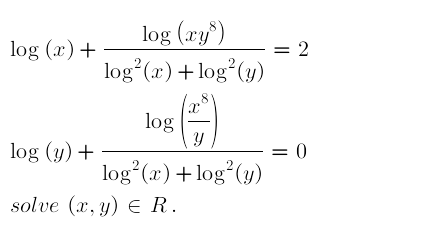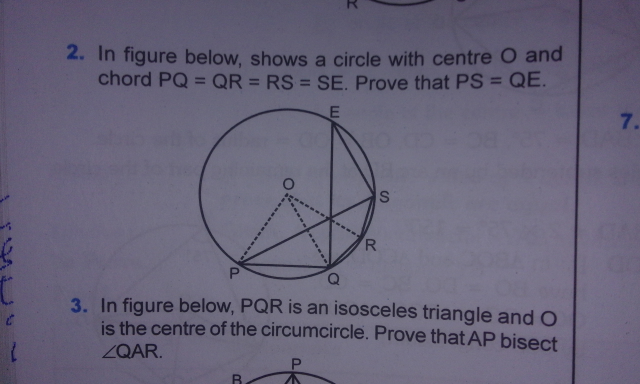
AllQuestion and Answers: Page 1657
Question Number 42775 Answers: 0 Comments: 2
Question Number 42773 Answers: 0 Comments: 0
Question Number 42772 Answers: 0 Comments: 1
$$\mathrm{mag}\int\mathrm{2x}+\mathrm{x}^{\mathrm{3}} \\ $$$$= \\ $$
Question Number 42771 Answers: 0 Comments: 0
Question Number 42770 Answers: 0 Comments: 0
Question Number 42769 Answers: 0 Comments: 0
Question Number 42768 Answers: 0 Comments: 0

Question Number 42766 Answers: 0 Comments: 0

Question Number 42765 Answers: 0 Comments: 1

Question Number 42763 Answers: 0 Comments: 1
Question Number 42761 Answers: 0 Comments: 0

Question Number 42758 Answers: 0 Comments: 0

Question Number 42756 Answers: 0 Comments: 1
Question Number 42730 Answers: 1 Comments: 1
Question Number 42728 Answers: 2 Comments: 0
Question Number 42725 Answers: 1 Comments: 0

Question Number 42719 Answers: 0 Comments: 1

Question Number 42718 Answers: 0 Comments: 0
Question Number 42713 Answers: 1 Comments: 1

Question Number 42711 Answers: 1 Comments: 0
Question Number 42709 Answers: 1 Comments: 3
Question Number 42704 Answers: 0 Comments: 4
Question Number 42695 Answers: 0 Comments: 1
Question Number 42689 Answers: 0 Comments: 3
Question Number 42688 Answers: 0 Comments: 3
Question Number 42684 Answers: 0 Comments: 2
Pg 1652 Pg 1653 Pg 1654 Pg 1655 Pg 1656 Pg 1657 Pg 1658 Pg 1659 Pg 1660 Pg 1661
